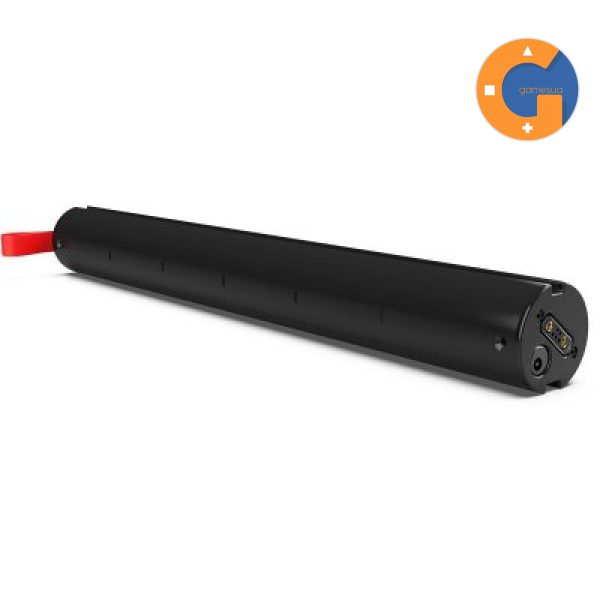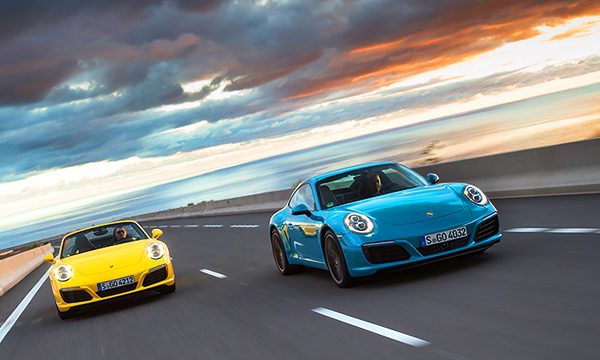
Test drive Porsche 911 Carrera
A new chapter in the history of the legendary 911 Carrera has begun, and it lacks one of the key characters of the previous series - the naturally aspirated engine. The fans are outraged, but the company had no choice ...
A new chapter in the history of the legendary 911 Carrera has begun, and it lacks one of the key characters of the previous series - the naturally aspirated engine. Fans are outraged, but the company had no choice: the new car was supposed to be more powerful and at the same time more environmentally friendly. This cannot be achieved without turbocharging.
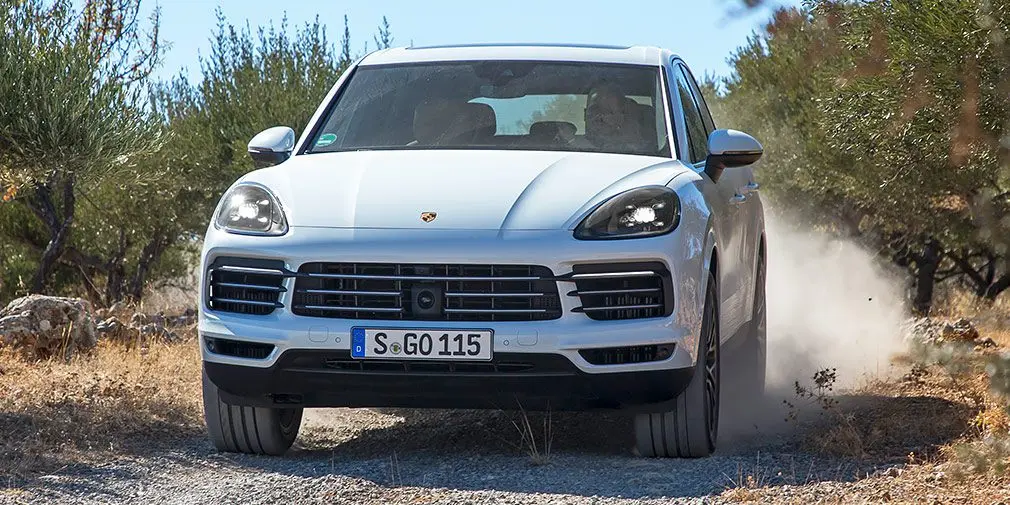
The most striking feature of the 911 Carrera's supercharged appearance are the slots along the edges of the rear bumper through which the cooling air from the intercoolers escapes. Because of them, the exhaust pipes are shifted towards the center. Among other changes in appearance - the planned "cosmetics", because the 911 series was presented three years ago and it's time to refresh the design a little. However, the classic look of the car is carefully preserved at Porsche. This is the same "pop-eyed" sports car with a characteristic roofline that does not leave the rear passengers a chance to ever straighten their backs and not rest their heads against the ceiling.
With the update, the 911 Carrera received more details in retro style. Door handles without pads, an air intake grille with frequent slats - everything is like on sports cars from the 1960s. The latest technologies are intertwined with frank retro: four LED dots in each headlight, a steering wheel with open bolt heads on the spokes and a drive mode selection washer. In the middle of the cliff of the classic front panel is a new multimedia screen with graphics in the style of iOS.
You plunge into the world of the Porsche 911 immediately and to great depths - the landing is low and tight, it is not so easy to emerge from the car. This world consists of many dials, buttons and high-quality leather lined with chrome strips, and is arranged in a rather peculiar way. The car seems to be a four-seater, but for an adult there is not a single chance to sit in the back. You can fold the backs and load the second row with things, especially since the front compartment is narrow. But you will have to load through the side door - the 911 Carrera does not have anything like a trunk lid.
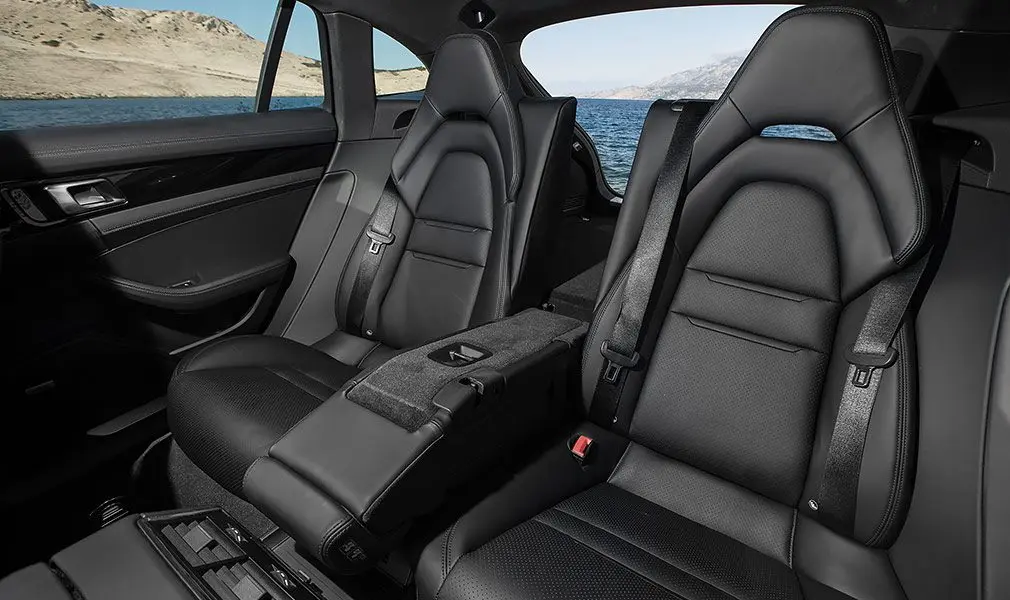
The Carrera remained narrow-hip: the supercharged engine did not require the expansion of the rear arches and additional air ducts in them, as on the 911 Turbo version. Air flow for turbines and intercoolers enters through the aft grate. In hot weather, additional air for the intercoolers helps to take away the rear spoiler - it automatically extends by 60 km per hour.
The Carrera and Carrera S share the same 3,0-liter twin-turbo boxer unit. In the first case, it develops 370 hp. and 450 Nm, in the second - 420 hp. and 500 newton meters. As a result, the car became two tenths of a second faster, and the maximum speed also increased slightly. The usual Carrera came close to the 300 km / h line, and the Carrera S with the Sport Chrono package in acceleration to XNUMX km / h for the first time came out of four seconds.
The use of turbocharging has dramatically changed the character of the engine. It still rotates up to 7500 thousand rpm, but its main trump card - a huge torque - spreads out immediately, when the tachometer needle has not yet overcome the number "2". In Sport mode, the engine speed rises immediately into the turbine zone.
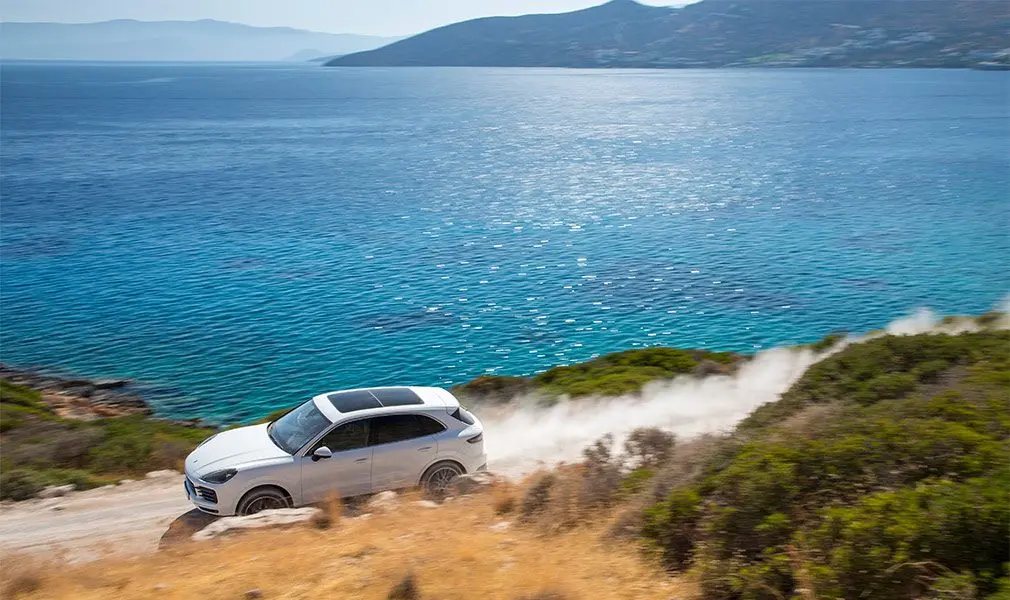
Below the road, the ocean is raging - this was the character of the atmospheric 911. It seemed that you were floating on the door from a sunken ship and you were mercilessly thrown from wave to wave until you reached the crest, and the tachometer needle crossed the number 5. The thrust of the new engine was, rather, a frozen tsunami: you immediately find yourself at the very top, squeezed into my raft from dizzying acceleration, but there is a calm around and not even ripples on the water.
The instructor's GT3 shakes the winding path through the ravine with a hoarse, hysterical roar. Each gear change is like a blow from a whip. The Carrers behind him hum like angry bees. And only on short straight lines they growl, gurgle, shoot with exhaust. And in the cabin the boost whistles loudly and unusually. The usual 911 poe is a little thinner than the Eski: in general, the voice of the new turbo six has become lower and it is not as passionate as that of an atmospheric car. The metal in his voice has faded, and at idle the engine hums softly and comfortably.
In search of more vivid emotions, I press the sports exhaust button. It adds dramatic overtones and thunderous bass to the opponent, as if a megaphone was attached to the exhaust pipe. This sound is the most natural - the audio system does not participate in its creation.
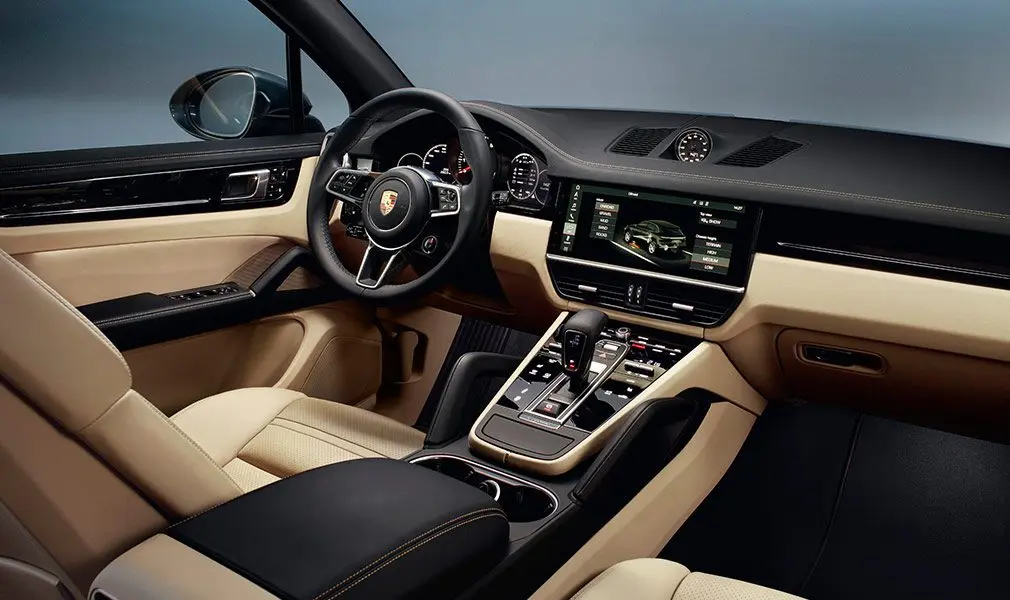
The combination of the 911 Carrera with the "mechanics" is quite surprising, but even more surprising is the number of steps in the transmission - for the sake of economy there are seven of them. This box has been offered since pre-styling times, but in Russia such cars are practically unknown and are not in demand. The ZF company created the “mechanics” on the basis of the “robot” PDK, only it does not have two clutches, but one, but a two-disc one, in order to digest the huge engine torque. The transmissions have the same gear ratios, and the gears themselves are quite long. For example, on the second Carrera S it accelerates to 118 km / h, and on the third - up to 170. The box, despite the fact that it is manual, shows arbitrariness: it overdrives when going down, and tells you which stage to choose, and will not allow you to do something wrong (for example, include after the 5th immediately the 7th). Wouldn't it be better to immediately choose a PDK "robot" that does everything by itself? Moreover, it comes with not a self-locking center differential, but an electronically controlled lock, which helps to more readily screw into a turn under gas. Such a machine also has an “accelerator” button on the steering wheel - right in the center of the new mode switch puck. Click on it, and within 20 seconds you have access to the maximum of what the new 911 Carrera can do. An indispensable thing when overtaking, especially when you need to get around another Porsche.
Overtaking the 911 is the fastest way: the 305mm rear tires of the dark gray Carrera S coupe bombard our car with pebbles. Thanks to the increased width of the tires, the updated car now starts with launch control without slipping and clings very tightly to the asphalt.
The rear-engined Porsche 911 has earned a reputation as a sports car for discerning drivers, but on the winding and narrow serpentines of Tenerife, it is surprisingly obedient. Here you get a thrill not from the control of an insidious unit that strives to skid the heavy stern, but from the speed with which it, while remaining under control, is famously screwed into the next turn, from the way it willingly obeys small swaying of the steering wheel.
The PSM stability control system now has an intermediate sport mode, which gives the driver more will. But even with the weakened control of the electronics, it is not so easy to put the rear axle into a skid. With a similar nature, you can do without electronic insurance altogether. Nevertheless, the Germans still preferred to play it safe: the stabilization system, turned off completely by a long press of the key, wakes up again with sharp braking.

Electronically controlled dampers are now offered as standard, and Porsche is confident that the car is more comfortable and better suited for everyday use. And indeed, there is a roll in corners, so it's better to put the chassis in sport mode. But on the compressed shock absorbers and 20-inch wheels, the coupe begins to shudder on the asphalt waves: the road surface in Tenerife is far from being in good condition everywhere.
In theory, the Carrera S convertible should ride harder than the coupe - it is 60 kg heavier and the roof folding mechanism adds load to the rear axle. In comfort mode, the car shakes less on bumps. The reason is composite ceramic brakes, which weigh less than standard ones. The convertible seems more collected, as it is equipped with a PDCC roll suppression system. But it's less balanced than the coupe, and noticeably stiffer in sport mode. The weighted rear also affects handling, so the all-wheel-drive chassis, already tested on the 911 Turbo and GT3, and now available for the Carrera, will not be out of place. The rear wheels turn together with the front ones, as if shortening or lengthening the wheelbase. At high speeds, they increase directional stability, at low speeds they facilitate maneuvering.
How we missed this option the day before, when we ran into road repairs on the coupe and turned around on a tiny patch. On the other hand, that car could have slightly raised its nose in order to overcome the serious elevation difference between the country road and the asphalt. And today's convertible in exactly the same situation has buried its front bumper in a seemingly harmless obstacle - the suspension of new cars is now one centimeter lower.
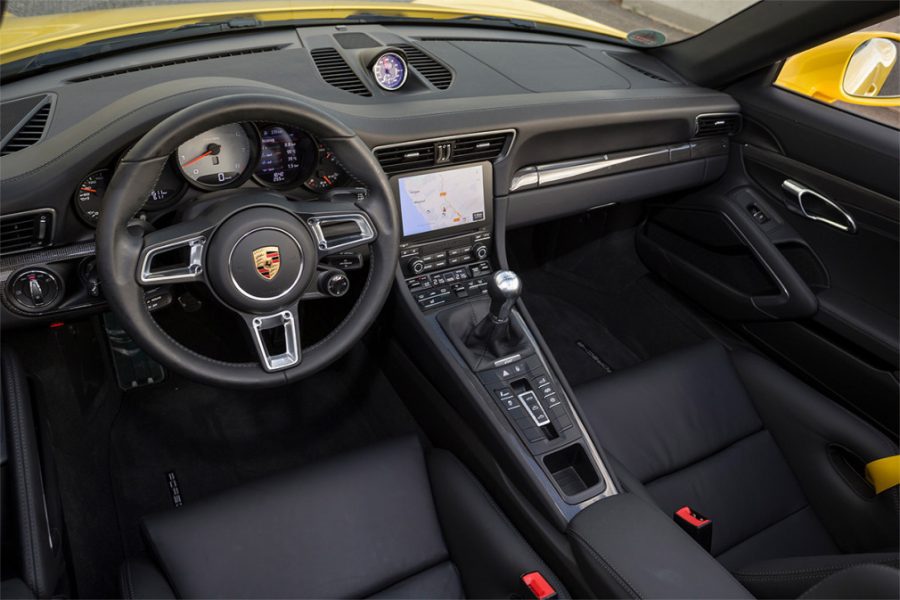
All 911 tested drove differently, and there are no major differences between the new Carrera and Carrera S - both in engine and weight, and in chassis settings. The company's chassis tuning specialist Eberhard Armbrust confirmed that the car's suspension is the same. But in fact, the smallest details of the configuration are reflected in their driving character. For example, while the rear Carrera S on wide 20 "wheels is difficult to skid, then the regular Carrera on narrower 19" tires exhibits more rear-engined behavior. The S version is more stable and this quality reinforces the fully steering chassis. Stability comes in handy for the car not only on the road, but also on the track. It is easy to get confused in such an abundance of the proposed options, nevertheless, they allow you to create a car with an individual character.
The refreshed 911 Carrera is a kind of cult with tough rules. And some of its adherents believe that the real "Neunelfte" should be air-cooled aspirated. Fans still love these cars, and even among the Porsche engineers there is a 911 Owners Club with air vents. Armbrust also has such a machine, by the way, who has been working in the company for more than thirty years. But if you ask him which of the generations of the car is the best, he will say without hesitation that it is the last. And there is no marketing slyness in his words. Every new Porsche 911 should be better than the previous one: more powerful, faster, and for some time even more economical.
The Macan GTS looks like a gloomy and dangerous type. Bright body colors set off the blued elements. Even the Porsche wordmark on the boot lid is black, and the lights are darkened. Dusk reigns in the interior from the abundance of black Alcantara.
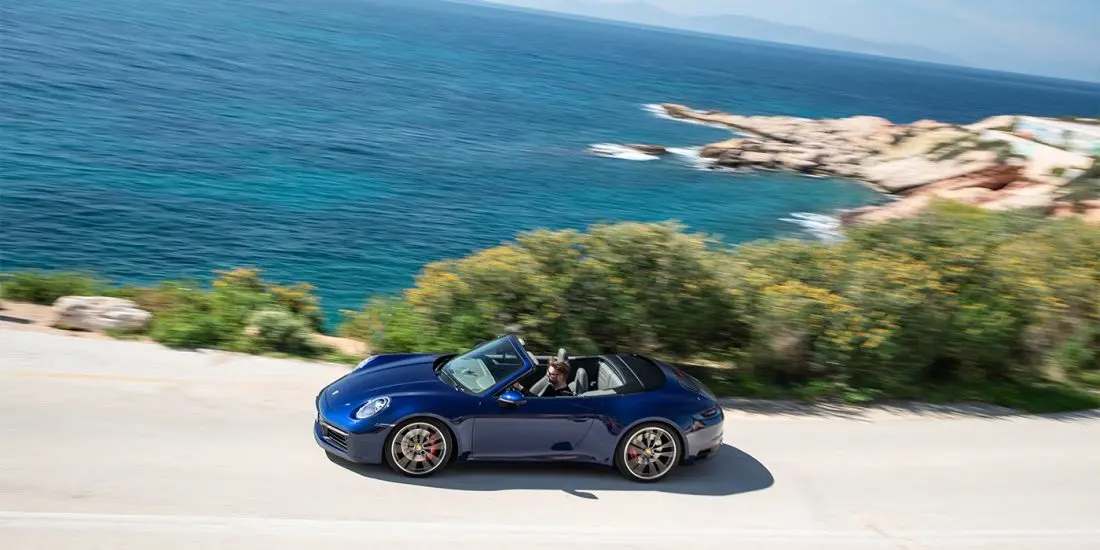
After the Porsche 911, the handling of the Macan GTS fades. But among crossovers, it is the sportiest car, and it is in this version that the most Porsche hallmarks. Combat stiff suspension, 15 mm lower ground clearance and rear-wheel drive character - the thrust is transmitted to the front axle only when very necessary. This all-wheel drive setting, in combination with the rear electronic lock, allows the machine to drift in a controlled manner. And the recoil of the engine has become even greater thanks to the manipulation of the intake tract and the increase in boost pressure.
The engine produces 360 hp, and thus the Macan GTS stands right between the S and Turbo versions. And the peak torque that the V6 engine is capable of is 500 Nm, like that of the Carrera S.
Macan GTS is inferior to the 911 in acceleration: it gains 100 km / h in 5 seconds - a second slower than a regular Carrera. On the serpentine, he confidently keeps on her tail and even makes the driver of a sports car nervous, but the pursuit is not easy for a crossover weighing almost two tons, so insurance electronics and ceramic brakes that can work tirelessly are very important for him.
